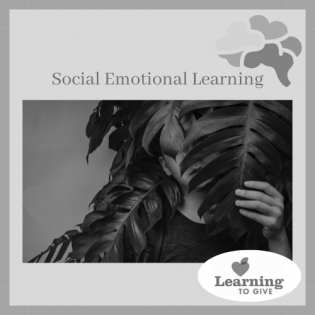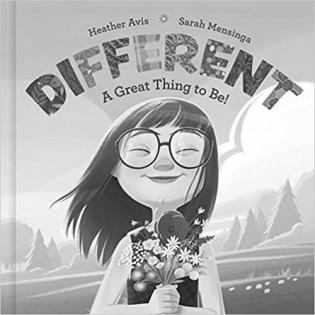Identity self-portraits create opportunities for self-understanding by encouraging youth to reflect on different facets of their identities. Participants illustrate their visible and invisible identity markers, reflect upon how these identities interact with how they perceive themselves and how they are perceived by others.
Filter by subjects:
Filter by grades:
Filter by audience:
Filter by issue area:
Filter by content type:
Filter by resource type:
resource search
In this activity by Joyce Matthews, youth explore what makes up an identity, then build a deeper understanding of how their identity impacts the community. With this Read, Research, Reflect, and Reach Out model, youth travel a journey of self-discovery that leads to service. This discovery-to-action model can be used in other contexts.
Through rhyming and delicious descriptions, this book celebrates the beauty of different skin colors. This book encourages self-love and a healthy appreciation for our uniqueness and the power of diversity. Reading this story together provides an opportunity to talk about each person's unique beauty and gifts.
We are all who we are meant to be. This affirming book with rhyme and repetition shows us the beauty in each of us.
We are all exactly who we are meant to be. This affirming book shows us the beauty in each of us, even if someone seems different. Children, parents, friends, and families need not be afraid of the unknown or different, such as neuro or physical disabilities, because our differences bring light to the world
This activity prompts young people to think and speak critically with their peers about a real-world topic. They consider how the topic applies to them and how it might impact others. During this activity, youth share their opinions, debate their positions, and sometimes even change sides as their opinions shift to accommodate new information or other viewpoints. This activity introduces young people to the concepts of bias and stereotypes by discussing how the judgments we make can be very damaging.
In this book, Julian imagines himself becomming a mermaid after he sees some women dressed up beautifully in mermaid costumes. When he gets home, he dresses up as a mermaid, and at first his Abuela seems angry at him.
Through poetic words and beautiful illustrations, a young Asian girl celebrates what makes her unique. This book is a gentle story about self-love and the power of family in shaping our identity. Reading this story together provides an opportunity to listen generously and celebrate each person's unique beauty and gifts.
Sherman Alexie is a well known author for teens and adults. He wrote this, his first picture book, in part because there isn't enough representation of indigenous people in picture books. In his loving family, Thunder Boy, Jr. struggles to find his own place and name.
Names carry weight. Our name and where we are from is a large part of what makes us who we are. Many times a name is said wrong or shortened to make pronouncing it easier for us, but for the other person it feels as if we are dismissing them. The book is written by a Muslim author and features a child with a name that is difficult to pronounce that means "excellent guidance."









